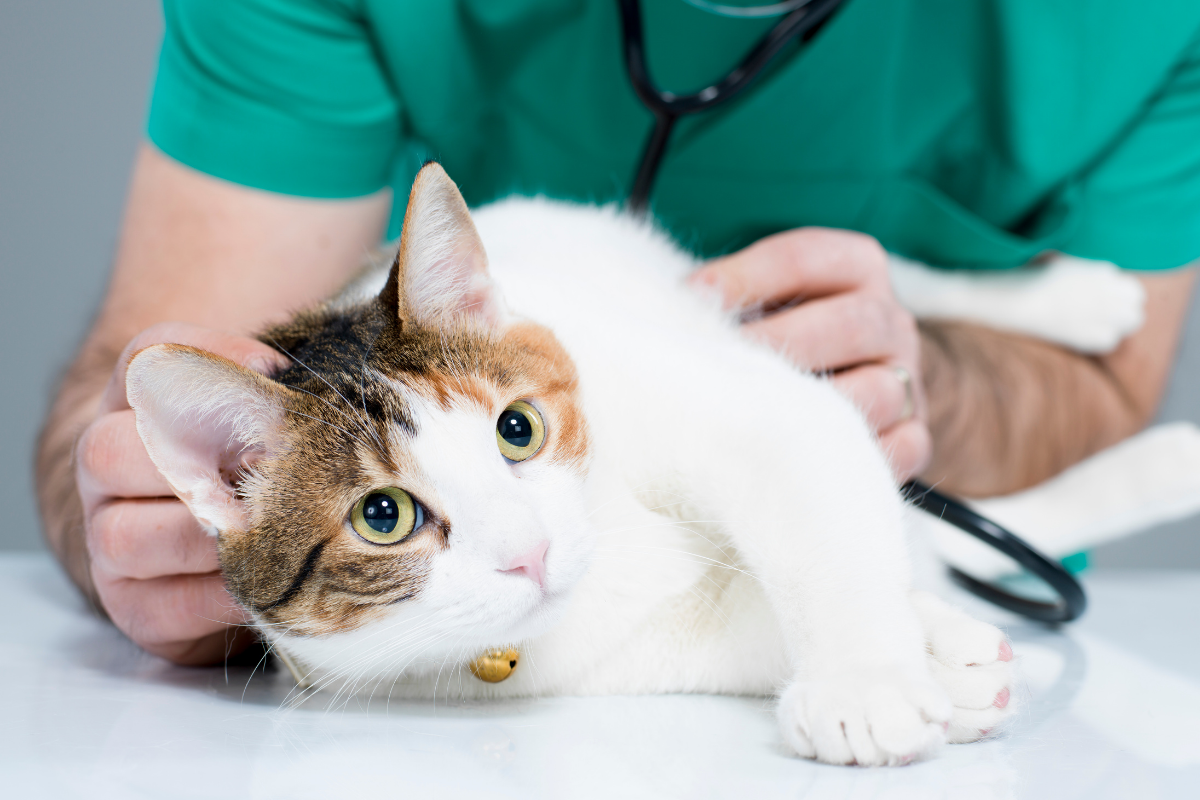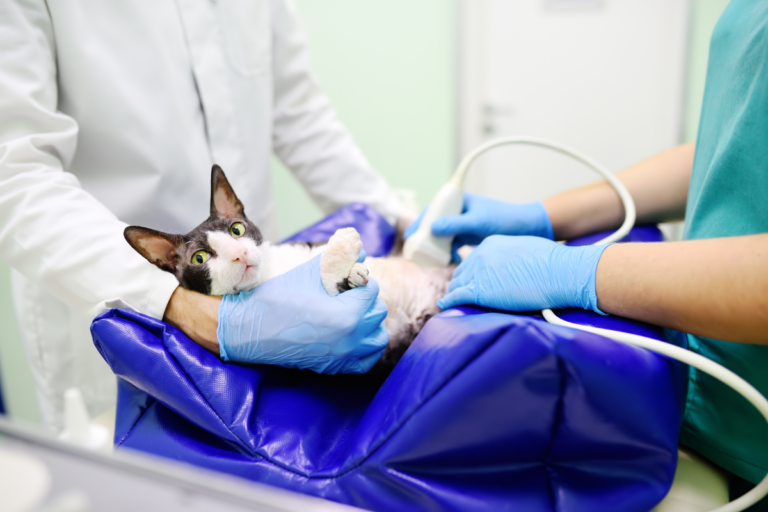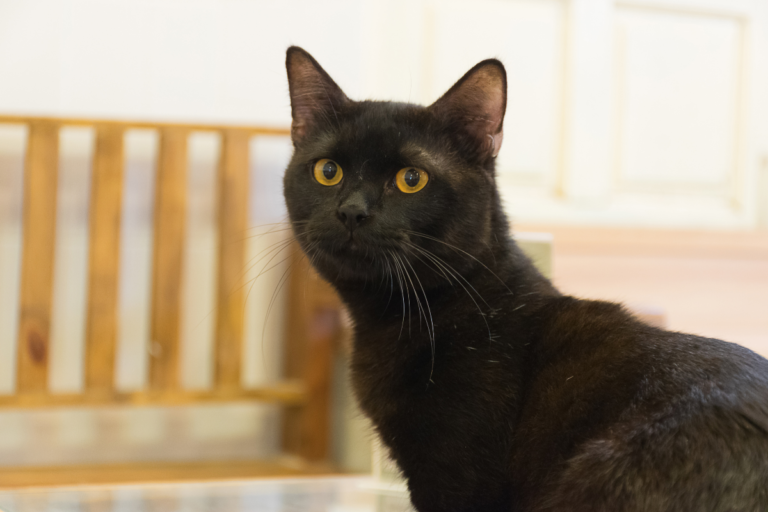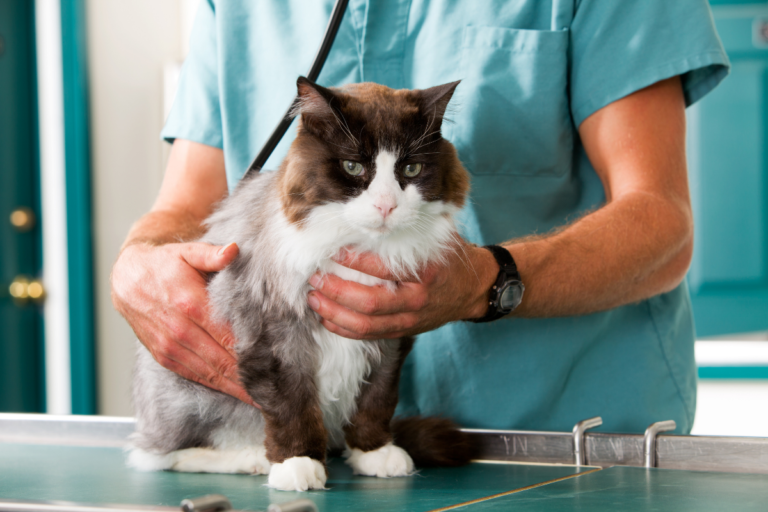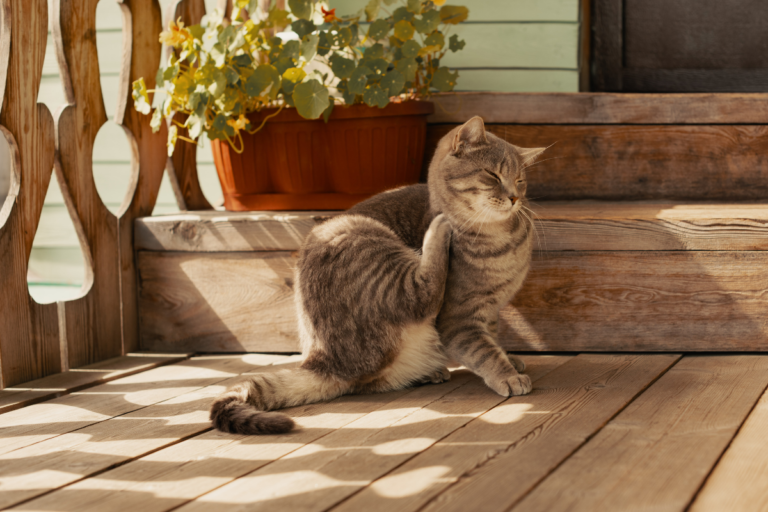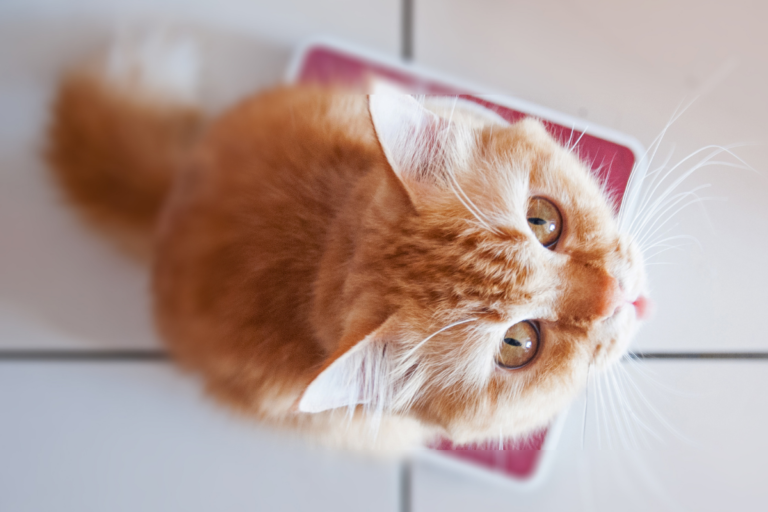Signs of Trouble: Spotting Cat Liver Problem Symptoms Together
Recognizing Liver Trouble in Cats
Spotting liver troubles in our cats can be like finding a needle in a haystack, but we’re here to help figure out what’s up before it gets too gnarly. Let’s break down the tell-tale signs our whiskered pals might be giving us.
What to Look Out For
The earlier we pick up on liver troubles, the better we can handle our cat’s health. Here are some things that should ping our radar:
- Jaundice: If your cat looks like it’s got a bad spray tan – yellow eyes, skin, or gums, it’s time to pay attention (VCA Hospitals).
- Ascites: Bloated belly because of fluid; not comfy for our furballs.
- Lethargy: If your cat’s acting like a couch potato, something’s not right.
- Appetite Changes: Going from picky eater to food hoover, or vice-versa.
- Drinking and Peeing a Lot: If they’re hitting the water bowl like it’s the last call at a bar, check the liver.
- Bleeding Issues: Any odd bleeding isn’t normal and needs checking out.
- Throwing Up & Singing the Diarrhea Blues: Tummy troubles are often clues for the liver.
These hints might be sneaky and subtle, so it’s wise to keep a watchful eye on your cat’s antics and overall well-being. For more detective work, take a gander at our sections on cat gum disease and cats heart.
Liver Disease Symptoms
Knowing these symptoms helps us get to the bottom of the issue. Symptoms swing between mild to “Houston, we got a problem,” and might share spotlight with other health problems:
| Symptom | What’s Going On |
|---|---|
| Weight Loss | Dropping pounds like it’s hot, even while chowing down normally (WebMD). |
| Lack of Appetite | Suddenly, the food bowl just isn’t doin’ it for them. |
| Vomiting and Diarrhea | Nothing says trouble like tummy tantrums. |
| Jaundice | Seeing yellow – and that’s not sunshine. (PetMD). |
| Fluid Buildup (Ascites) | Is that a belly or did someone swallow a balloon? |
| Brain Blips | Weird behavior like disorientation or seizures scream liver SOS. |
Getting face time with the vet is smart if any of these symptoms pop up. Nabbing the problem early ramps up the chances for a happier, healthier cat-life. For other symptoms running parallel, have a peek at our articles on cat eye problems and cat illness.
Keeping a hawk-eye on these indicators means a better chance for our furry pals to get the help they need. For a deep dive into all things liver-related for cats, drop by our full guide on cat liver problems.
Diagnosing Liver Disease
Getting to the bottom of liver disease in our cats ain’t just guesswork—it’s about figuring out what’s up with a few clever tools. A proper diagnosis means we can tailor treatment and give our furry companions the best shot at feeling better.
Diagnostic Procedures
To spot liver disease early in our cats, we lean on a toolbox full of nifty tests. Here’s what we’re talking about:
- Blood Tests: Here, we’re looking for elevated liver enzymes and other tell-tales that whisper liver trouble.
- Urinalysis: We take a close peek at the cat’s pee to see if there’s anything funky—like unusually dark urine.
- Radiographs (X-rays): These images give us the skinny on the liver’s size and shape.
- Ultrasonography: This cool ultrasound tool gives us the lowdown on any oddball masses or sneaky fluid around the liver.
- Bile Acid Analysis: We measure bile acids in the blood to see if the liver’s calling it quits.
Each of these checks helps us piece together the liver’s health puzzle and get a major clue on how our cats are doing.
| Diagnostic Test | Purpose |
|---|---|
| Blood Tests | Spills the beans on liver enzymes and markers |
| Urinalysis | Sniffs out any weirdness in urine |
| Radiographs (X-rays) | Sizes up liver for oddities |
| Ultrasonography | Detects masses and fluid stashes |
| Bile Acid Analysis | Probes impaired liver mojo |
Trusted pals like VCA Hospitals and WebMD say these methods are the gold standard for diagnosing liver trouble (Hill’s Pet Nutrition).
Liver Biopsy for Diagnosis
While the previous tests give us a head start, a liver biopsy seals the deal. We snag a tiny piece of liver for a closer look under a microscope.
Ways to nab that liver sample include:
- Fine-Needle Aspiration: A skinny needle gently pokes a bit out of the liver.
- Laparoscopy: This minimally invasive peek involves a small camera and tools in petite cuts to score a sample.
- Surgical Biopsy: Going big, this full-on surgery grabs a chunk of liver tissue.
That biopsy tells our vet exactly what kind of liver drama we’re dealing with, steering treatment plans and prognosis in the right direction. As per VCA Hospitals, a biopsy can be invaluable when other tests hint at liver issues but can’t nail down the cause.
Getting the scoop on these procedures lets us treat our cats like royalty health-wise. For more cat care tips, check out our other reads on feline kidney disease symptoms, cat teeth, and healthy cat weight.
Managing Feline Liver Disease
Dietary Changes
Dealing with liver disease in our beloved kitty companions? A good starting point is switching up their menu. Cats, being the meat lovers they are (VCA Hospitals), need top-notch protein. But when their livers are acting up, we need to juggle that protein a bit. Keep the food tasty, so they keep munching, while scaling back a smidge on protein to give the liver a break.
Let’s also chat about carbs. Lowering carbs can lighten the liver’s load, taking some stress off our furry friends. If you’re curious about all things liver-related in cats, we have a handy guide on cat liver problems.
Prescription Diets
Prescription diets are like a superhero cape for cats with liver issues. They’re packed with all the right stuff to nourish without making the liver work overtime. According to VCA Hospitals, these special diets can be a game-changer for managing liver problems.
Here’s a quick peek at how some prescription diets stack up for liver-challenged kitties:
| Nutrient | Prescription Diet A | Prescription Diet B |
|---|---|---|
| Protein | Moderate | High-Quality Meat |
| Carbs | Low | Minimal |
| Fats | Controlled | Balanced |
These diets are designed to give cats the good stuff without overworking their liver. Always have a chat with your vet before making diet swaps to be sure you’re hitting all the right notes for your cat’s health.
And let’s not forget those little health boosters like supplements. Good ol’ SAMe (S-adenosylmethionine) and milk thistle can help keep the liver healthy and happy.
Got more questions about feeding your cat? Check out our pieces on cat diabetic diets and healthy cat weight. Keeping up with your cat’s dietary needs can make a big difference in their health and happiness.
Treatment Options for Cats
When cats start showing signs of liver trouble, it’s time to think about the best treatment options out there. Depending on what’s going on, your vet might suggest meds, therapies, or just some extra TLC.
Medications and Therapies
Meds and food are kinda like the main players in dealing with liver stuff in cats. Here’s what you might see on the vet’s list:
- Antibiotics: Bye-bye, infections.
- Anti-inflammatories: Chills out that liver inflammation.
- Lactulose: Helps keep those ammonia levels in check.
- Ursodiol: Gets the bile flowing better.
Special diets made just for liver issues can make a big difference. These foods usually have easy-to-digest protein, antioxidants, and less copper. Cutting down on protein is a good move, but let’s face it, cats are meat-lovers at heart (VCA Hospitals). Keeping carbs low is also smart.
Here’s a peek at what you might find in those special diets:
| Nutrient | Purpose | Typical Content |
|---|---|---|
| Protein | Quality stuff, just enough | 25-30% |
| Antioxidants | Guard the liver | High |
| Carbohydrates | Keep it low | Low |
| Copper | Lighten the liver load | Low |
For more on kitty nutrition, check out our other reads on cat nutrition.
Supportive Care for Cats
When liver issues get serious, supportive care becomes super important. Here’s what that can look like:
- IV Fluids: Keeps them hydrated and balanced.
- Pain Control: So they can be comfy.
- Antacids: Manages the acid in the tummy and keeps ulcers away.
- Anti-nausea Meds: Makes eating less of a hassle.
- Feeding Tubes: Gets nutrients in when eating’s tough.
- Plasma Transfusions: Supplies some needed proteins.
- Chemotherapy and Surgery: For those really tough cases (PetMD, VCA Hospitals).
Stick with the vet’s orders for the best results. If you’re curious about other cat health stuff like feline kidney disease symptoms or heart issues in cats, we’ve got more info for you.
